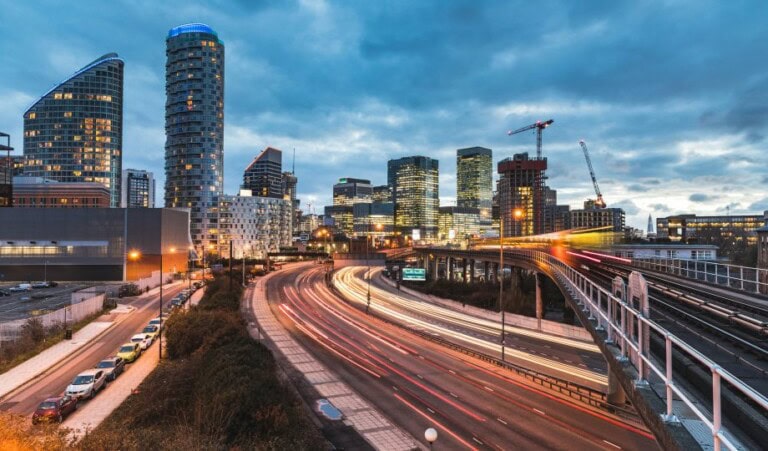Sustainable Construction for the Sustainable Development Goals
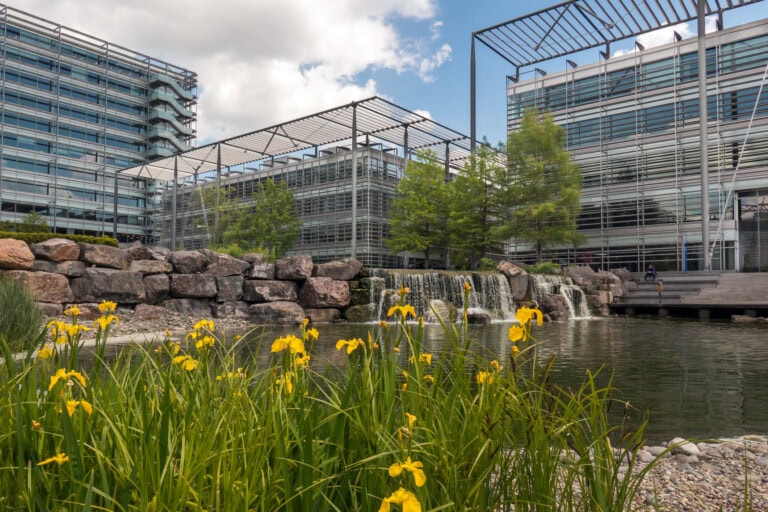
What is sustainable construction?
Sustainable construction is defined as construction processes that have as limited negative impacts as possible. This means construction practices must limit carbon emissions, degradation of nature and negative impacts on human health & wellbeing. Indeed, truly sustainable construction should seek to positively benefit both local communities and our wider world. This can come in many forms, but some key examples include:
- Using low carbon materials – such as timber, reused steel or low carbon concrete.
- Reducing energy consumption and prioritising renewable energy production and use.
- Limiting the waste produced on site.
- Enhancing nature on the site – through measures such as green roofs and parks.
- Ensuring both the construction process and finished building does not have a negative impact on the health and wellbeing of both contractors and residents.
You can learn more about the basics of sustainable construction in our Bitesize Guide.
our urban centres can also be a home for key climate solutions”
Why is Sustainable Construction important?
The built environment is directly responsible for 25% of the UK’s carbon footprint, and when poorly managed can have a devastating impact on nature as well as negatively affecting local communities. However, our urban centres can also be a home for key climate solutions – and to make this a reality our construction practices must be sustainable. Indeed, the built environment has the opportunity to be a leader on climate issues and positively shape our towns and cities so that they are low-carbon, nature-packed spaces that provide healthy, joyful homes for their inhabitants.
What are the sustainable development goals?
The Sustainable Development Goals are 17 aims outlined by the UN in 2015, that build on the Millenium Development Goals first launched in 2000. They offer a roadmap for the international community to follow to build a world by 2030 that is healthier, more sustainable, safer and more just. Many organisations across the world, including the World Green Building Council, use these goals as a ‘north star’ to position their work and the goals can act as a framework for international collaboration on key topics. They cover a large range of issues that represent the myriad of development challenges facing humanity. The goals include: No Poverty, Clean Water and Sanitation, Gender Equality and Peace, Justice and Strong Institutions.
How can sustainable construction help us meet the Sustainable Development Goals?
Sustainable Cities and Communities (SDG 11)
Sustainable Development Goal 11 is Sustainable Cities and Communities, with the aim to ‘make cities and human settlements inclusive, safe, resilient and sustainable.’ If we are to meet this goal, sustainable construction will be central. For example, the goal is concerned with air pollution – and its prevelance in both our towns and cities. Sustainable construction practices can limit air pollution by using non-fossil fuel powered equipment, designing buildings that clean the air around them with green walls and creating developments that incentivise the use of low-carbon active transport. For another example, this goal wants to ensure that our developments are adapted to our changing climate and our resilient to extreme weather. Sustainable construction that prioritises adaptation measures – such as not building on flood plains or designing buildings so they are not prone to overheating will be crucial if we are to inhabit the sustainable cities of the future.
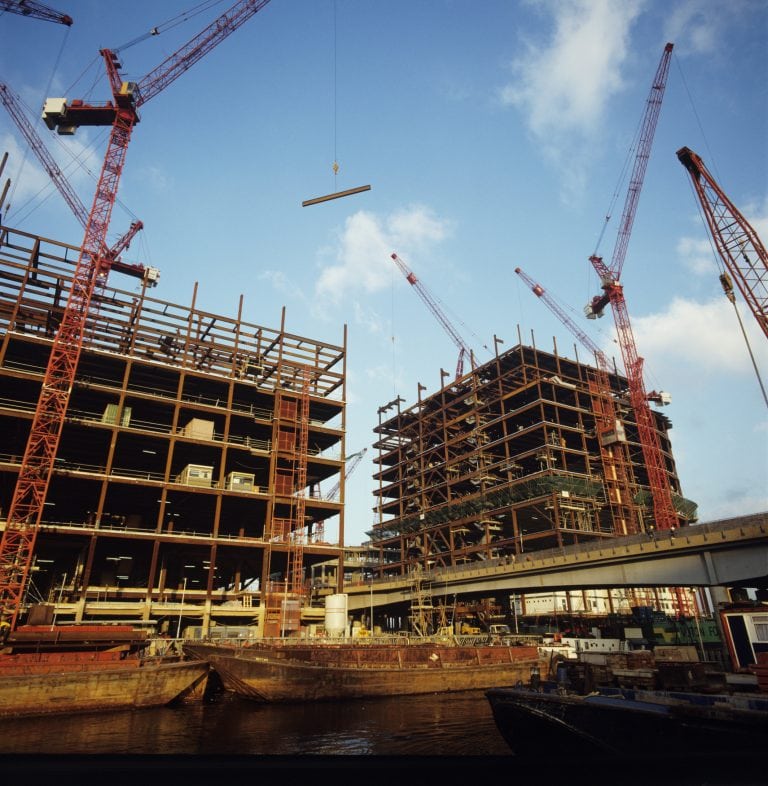
Affordable and Clean Energy and Climate Action (SDG 7 & 13)
Goals 7 and 13 are concerned with ensuring everyone has access to affordable, clean energy and prioritising climate action to protect communities globally from the severest impacts of climate change. Our cities can be bastions of climate action – and sustainable construction is required to build homes and businesses that are low carbon and designed to use renewable energy. For example, this could look like implementing heat pumps as standard in new homes and installing Solar PV on all applicable roofs – allowing cities to be generators and not just users of power.
Responsible consumption and production (SDG 12)
Goal 12 wants to ‘ensure sustainable consumption and production patterns’ and at first glance this might not seem relevant to construction – as our first thoughts are often about reducing the use of single-use plastic or fast-fashion items. However, our buildings can also be large producers of waste and use lots of carbon and resource intensive materials that need to be mined in our natural environment and processed with large amounts of energy. To combat this issue, sustainable construction can embrace the circular economy. This involves championing the reuse and recycling of materials that already exist to ensure excessive consumption is not necessary to build the homes and services we rely upon.
Good Health and Wellbeing (SDG 3)
Goal 3 aims to create a world where people of all ages can live lives that are healthy and put well-being first. Sustainable construction can promote health and wellbeing in two key ways. Firstly, by promoting health and wellbeing within the construction process we can improve the health of construction workers on site and those who live or work near the site. This can include reducing air pollution, limiting noise disruption and ensuring safe working conditions that are more robust than legal requirements. Secondly, our buildings and communities can have a significant impact on our wellbeing – even if it’s not as clear to see. On a larger scale this can look like implementing cycle lanes to promote physical activity and reduce air pollution, and on a smaller scale this can be thoughtful, beautiful design that is pleasurable to look at and instills pride in local communities.
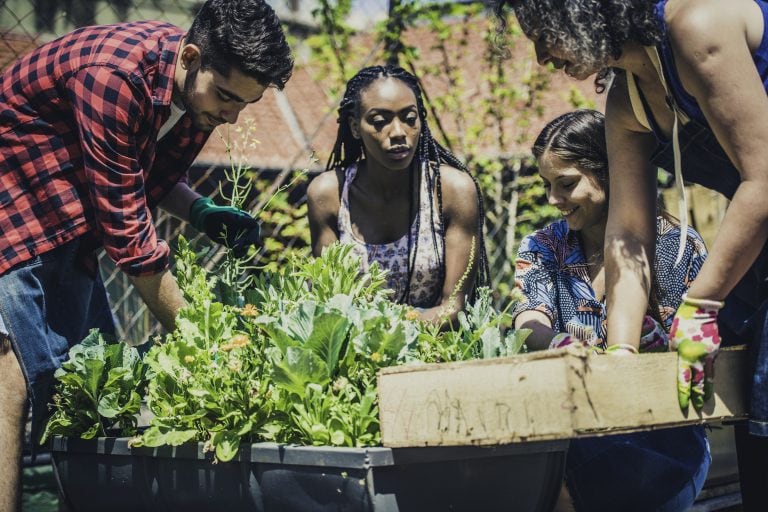
Green Building Councils and the Sustainable Development Goals
On a global scale, the World Green Building Council has identified 11 of the Sustainable Development Goals that have shaped its aims over the past decade. These include all the goals we have touched on above, as well as some others such as Goal 8: Decent Work and Economic Growth and Goal 15: Life on Land.
At UKGBC, we don’t explicitly work towards the Sustainable Development Goals, but this doesn’t mean the work we do all the time isn’t actively helping UK towns and cities meet them. A great example of this is our Regenerative Places programme. This project utilises a place-based retrofit strategy to enhance local network capacity, strengthen resilience against future climate-related challenges, and deliver broad regenerative benefits to communities. This work alone answers a number of the goals: it reduces energy consumption in line with Goals 7 and 13, promotes healthier homes in line with Goal 3 and builds stronger, more resilient communities in line with Goal 11. And this is just a small portion of the work UKGBC does.
We encourage you to explore our work and learn more about the role sustainable construction can play in building a better world.
Related
What is Operational Carbon in buildings?
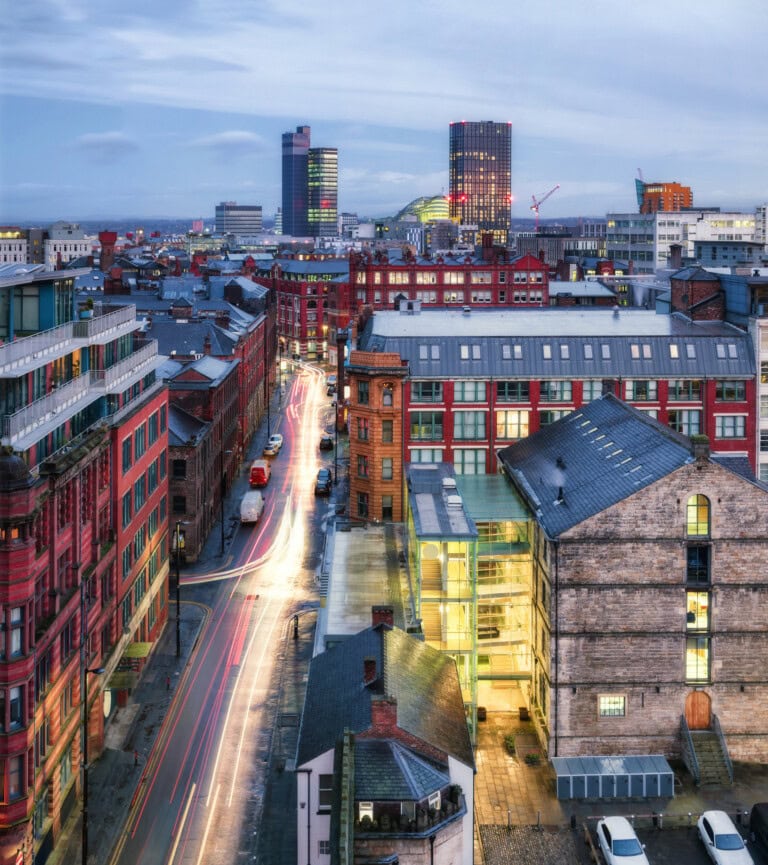
How time-matching and location-based energy procurement reduces emissions while improving Scope 2 reporting

Full Transparency: Scope 3 emissions and Project Portfolio Disclosure
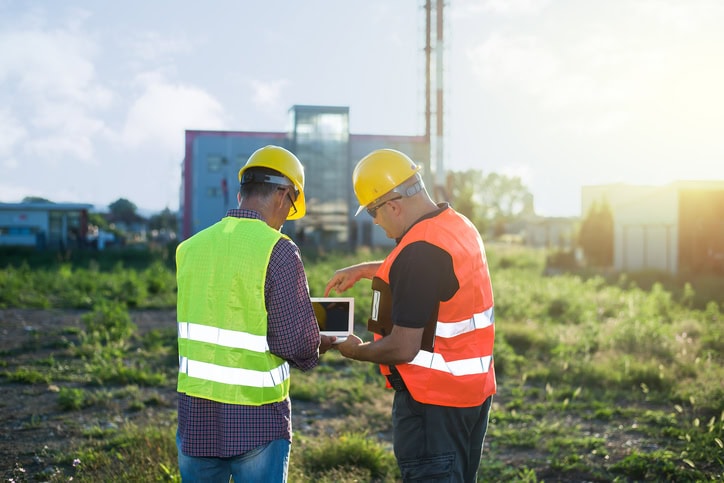
The Importance of Upskilling on Whole Life Carbon Assessments
